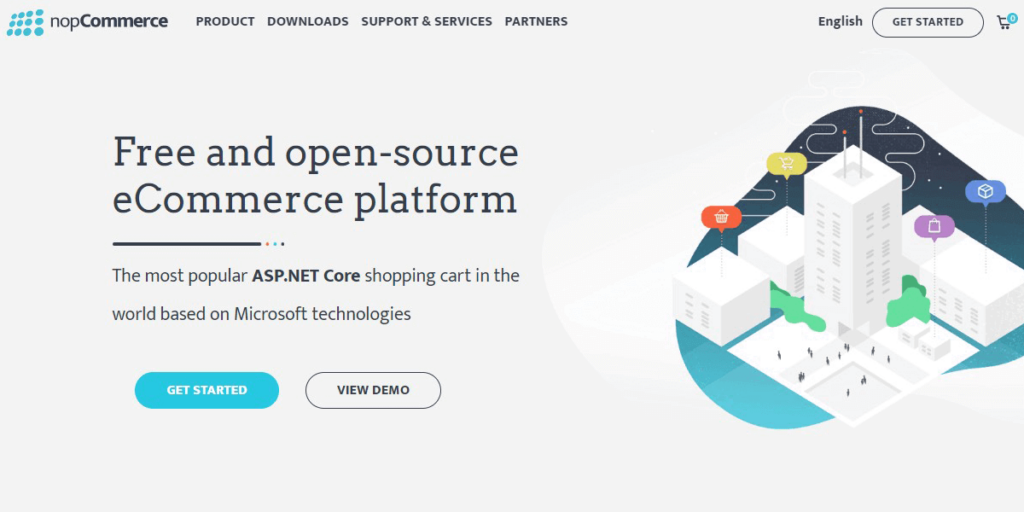
Helpful Tips for First-Time Apartment Renters
Renting an apartment for the first time is an exciting journey full of anticipation and newly discovered independence. It’s normal to experience a range of feelings as you enter this exciting stage of your life, from excitement about designing your own space to anxiety about the responsibilities that come with it. Thankfully, negotiating the world of apartment rentals can be a fulfilling and powerful experience with the correct direction and planning. We’ll dive into a thorough guide with priceless advice and insights designed especially for first-time apartment renters in this post, enabling you to start this new chapter with ease and confidence, so make sure you check all these ideas out as soon as you can.
Location Matters
You must pick a good location for your first apartment. The location is important for more reasons than just being close to work or school; it affects how you live in general. Consider several different factors, including the general atmosphere of the area, the accessibility of public transportation, the safety of the neighborhood, and the proximity of amenities. Look into a travel magazine in order to see the best locations. While cost is an important factor, you should give top priority to locating a place that fits your lifestyle preferences and promotes convenience and a sense of community.
Understand the Lease Agreement
One of the most important steps in your rental experience is signing a lease, so you should take great care and attention to detail when doing so. Make sure you understand all of the terms and conditions of the lease agreement before signing it. Important details like the length of the lease, the amount of the security deposit, pet policies, and maintenance obligations should all be carefully considered. To help you avoid future misunderstandings, don’t be afraid to ask your landlord or property manager for clarification if you have any questions.
Budgeting Wisely
Adequate financial planning is one of the cornerstones of a profitable apartment rental business. You should evaluate your finances thoroughly to establish a reasonable budget before starting your apartment search. Take into account all possible costs, such as rent, utilities, groceries, travel, and other incidentals. You will obtain invaluable clarity and insight into your financial capabilities by creating a clear budgetary framework, which will enable you to make well-informed decisions throughout the rental process. In the end, if you do everything properly, you’ll be able to find comfortable luxury apartments in Baltimore that will work for you to the fullest, and that’s the scenario we’re all hoping for!
Inspect the Property
A thorough property inspection is an essential precaution against disagreements and inconsistencies, allowing you to move into your new residence with assurance and tranquility. Check the apartment thoroughly before moving in for any indications of problems or damage, from small scratches to broken appliances. Take pictures or write down any observations you make, and then promptly report any issues to your property manager or landlord. You can create the foundation for a positive tenant-landlord relationship based on openness and responsibility by carrying out a comprehensive inspection.
Know Your Rights as a Renter
When starting your journey as a renter, empowerment through knowledge is essential, and learning about your rights and responsibilities is a critical first step in protecting your interests and your personal development. Spend some time familiarizing yourself with the local laws and ordinances regarding renters, which control things like rent increases, eviction processes, privacy rights, and maintenance requirements. Equipped with this understanding, you will confidently and assertively handle any obstacles that may arise, ensuring that your rights as a tenant are maintained and respected for the duration of your tenancy.
Get Renter’s Insurance
Even though the possibility of unanticipated events might seem remote and quite impossible to most of us, getting a renter’s insurance offers priceless peace of mind and defense against potential risks and liabilities. Renter’s insurance protects your personal belongings in case of theft, fire, or other unanticipated calamities, unlike your landlord’s insurance, which mainly covers the building’s physical structure. Renter’s insurance offers a multitude of benefits, including financial security and comfort in the face of life’s uncertainties, all at a comparatively low cost. Give priority to this crucial security measure to preserve the items that make your apartment feel like a home and to strengthen your recently acquired independence.
Starting your journey as a first-time renter of an apartment is an exciting and nerve-wracking experience that will change you. You’ll handle the rental process with assurance, clarity, and ease if you follow the priceless advice provided in this extensive guide. Every stage, from careful budgeting and site selection to understanding the lease and conducting a property inspection, is crucial in creating the groundwork for a happy and peaceful tenancy. Equipped with preparation, know-how, and a healthy dose of enthusiasm, you’ll start this new chapter of your life with assurance and hope, turning your first apartment into a treasured sanctuary of coziness, imagination, and opportunity.



















